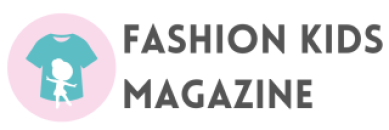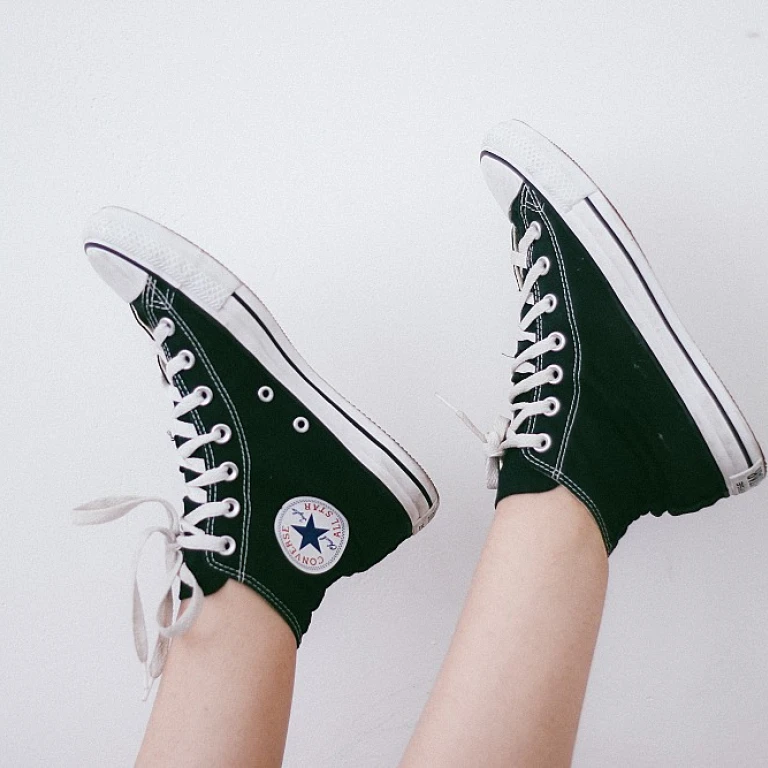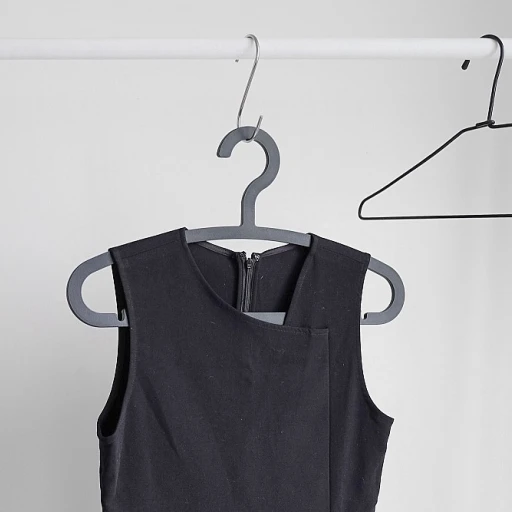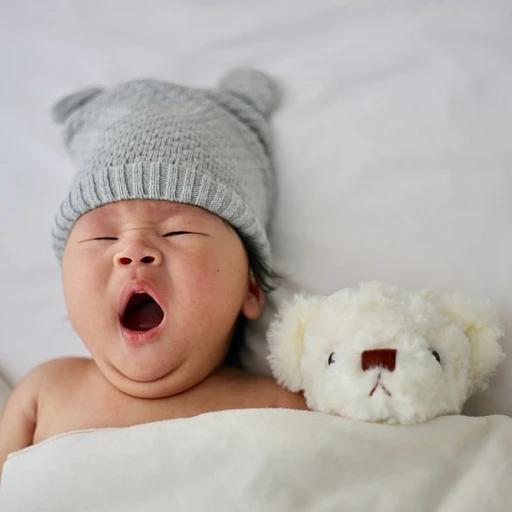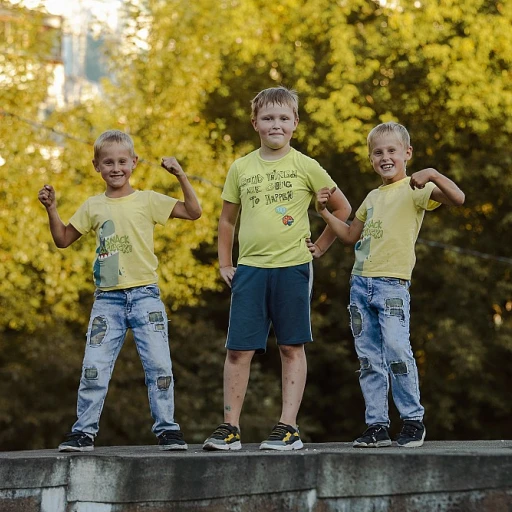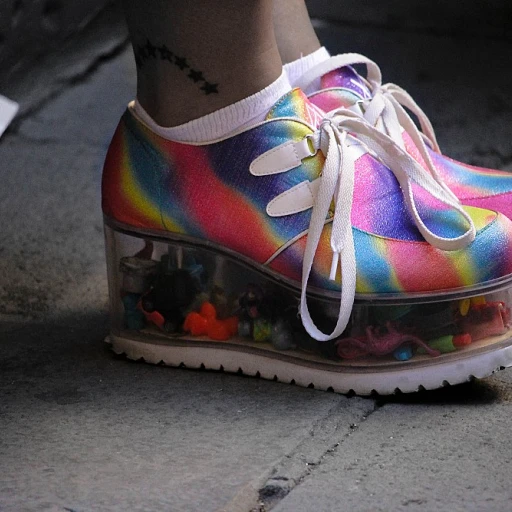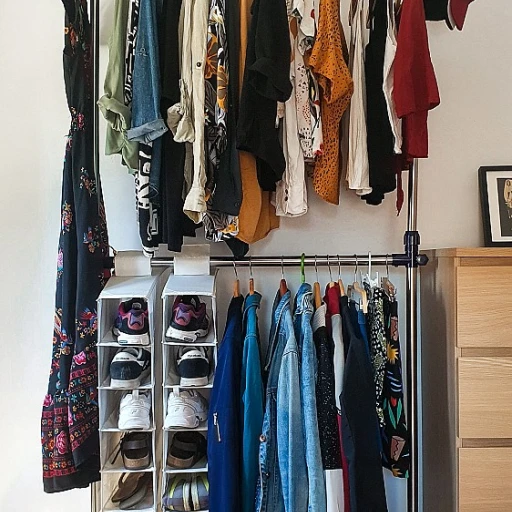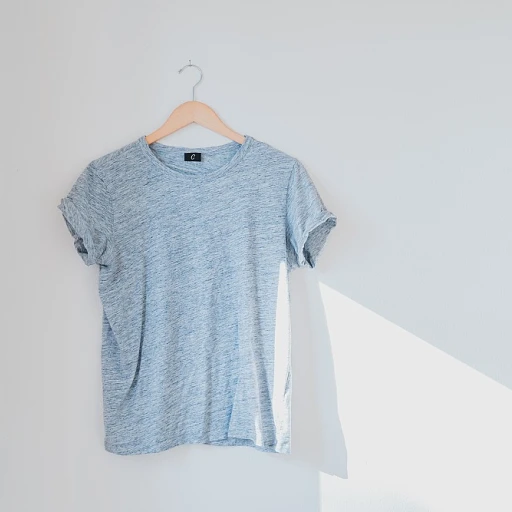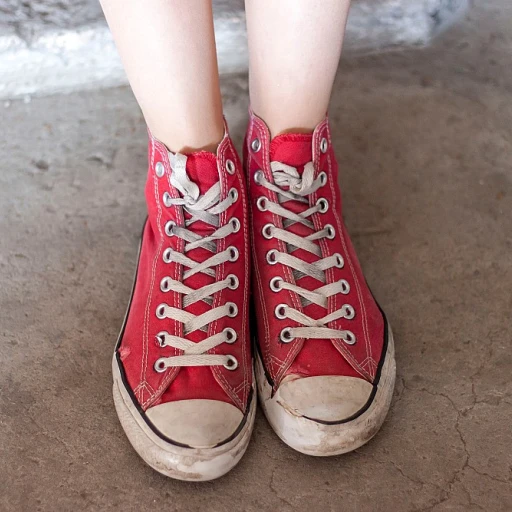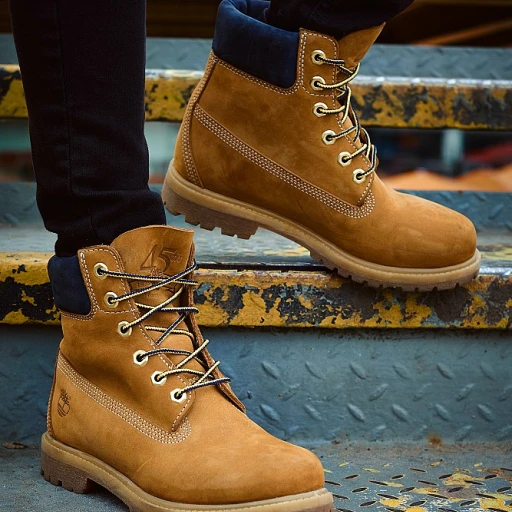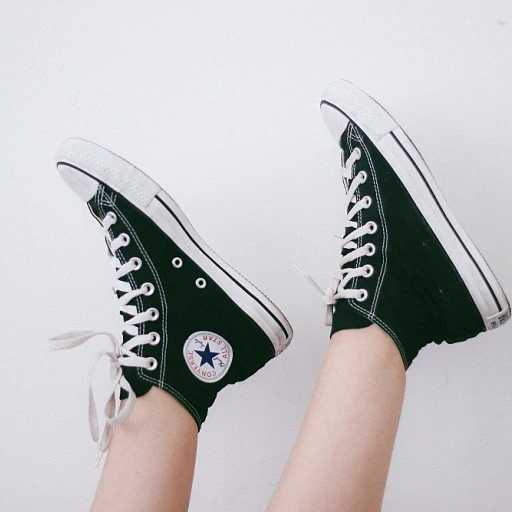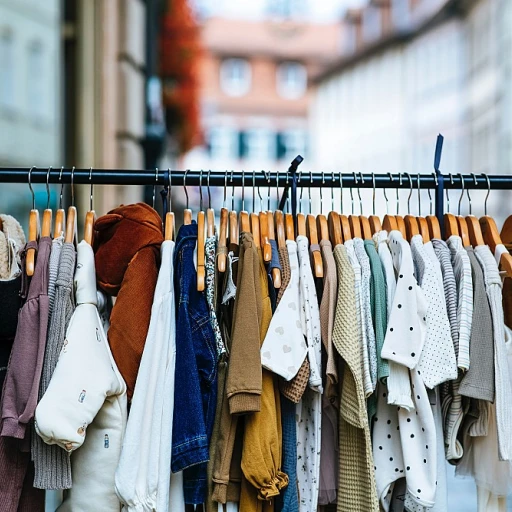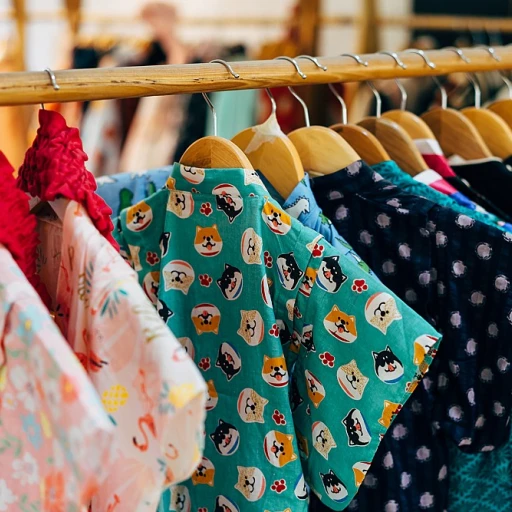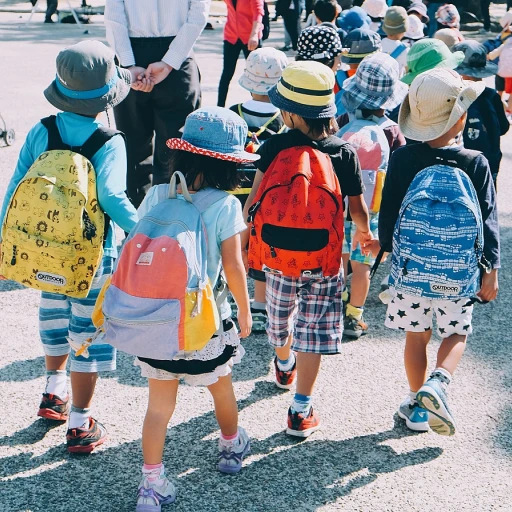
Understanding the Role of Fashion Schools for Kids
Why Fashion Schools for Kids Matter
The world of kids fashion is continuously evolving, and fashion schools are playing a pivotal role in nurturing the next generation of style innovators. These specialized schools provide young students with an exciting opportunity to explore and develop their creative talents. But what exactly makes fashion education for kids so important?- Cultivation of Creativity: Enrolling in fashion classes offers kids a chance to unleash their imagination. Through hands-on learning experiences such as sewing and pattern making, students begin to see fabric as more than just a material – it's a medium for self-expression.
- Skill Development: At a young age, mastering skills like using a sewing machine and understanding the basics of fashion design can fuel a lifelong passion. As they progress, kids learn intricate techniques in design sewing, providing them with the foundation to excel in future endeavors.
- Personal Growth: Fashion camps for kids and teens create an environment where personal style is celebrated and honed. These programs prioritize individualized learning, allowing each student to explore their own unique aesthetic.
- Building Confidence: Engaging in workshops and sewing lessons not only nurtures technical skills but also builds self-assurance. The supportive settings found in these schools encourage children to experiment and take risks in a safe space.
The Unique Challenges in Kids Fashion Education
Overcoming the Hurdles in Kids Fashion Education
Fashion schools for kids are an exciting avenue for young minds to explore their creativity. However, they come with their own set of unique challenges. One of the primary hurdles is the need to balance fun with learning. While kids are eager to dive into the world of fashion design, schools must ensure that students learn essential skills like sewing and fabric selection without feeling overwhelmed.
Another challenge is the diversity in age and skill levels. In a single class, you might find a child who is just beginning to understand the basics of a sewing machine alongside a budding fashion designer who is ready to create their first collection. This requires instructors to tailor their teaching methods to accommodate different learning paces and styles.
Moreover, the cost of materials and equipment can be a barrier. Sewing machines, fabrics, and other tools are essential for hands-on experience, but they can be expensive. Schools often need to find ways to offer these resources at a reasonable price, sometimes through workshops or fashion camps that provide a more affordable entry point into the world of fashion design.
Parental involvement is also crucial. Parents play a significant role in supporting their child's journey in fashion education, from enrolling them in classes to encouraging their personal style. This involvement can help build confidence in young students, allowing them to express themselves freely and creatively.
Despite these challenges, the rewards are immense. Kids and teens who participate in fashion classes not only learn valuable skills but also gain a sense of accomplishment and self-expression. As they navigate the design process, from sketching to accessory design, they build a foundation that could lead to a future in fashion design.
For more insights into how fashion education can nurture young talent, explore the cozy elegance of cashmere sweaters for children and how they inspire creativity in young designers.
Curriculum Highlights: What Young Designers Learn
Essential Skills and Knowledge: What Young Designers Acquire
Joining a fashion school as a kid can be both exciting and educational. While focusing on creativity, these institutions also ensure that "students will learn" essential skills and knowledge that are imperative in the fashion world. Many "fashion schools for kids" cover diverse areas that make these young designers confident and capable in their craft. One of the critical components is the exploration of "fabric" options. "Kids", through varying "classes" and "workshops", get a hands-on approach to understanding different materials. They delve into how to choose the right one for specific designs, considering factors like texture, durability, and color. "Pattern making" is another crucial lesson. In these "sewing classes", young learners are taught how to create patterns from scratch or use pre-existing ones to produce stylish outfits. This skill is invaluable in turning imaginative designs into reality. Access to top-notch features like sewing machines is equally beneficial, reinforcing both creativity and technical know-how. "Sewing lessons" are fundamental in these educational setups, equipping students with the ability to stitch their ideas together. The use of "sewing machines" is often introduced in several "camps", ensuring the learners can operate them efficiently, thus elevating the learning experience. There are typically "classes" for varying "ages", each designed to progressively challenge students as their skills develop. "Fashion camps" and "summer camps" offer additional experiences, often in the form of intensive workshops. These camps provide in-depth coverage on sewing and design, allowing "kids" and "teens" to refine their craft during school breaks. They also feature "private mommy" and child sessions, such as "mommy sewing" classes, perfect for those seeking a more personalized experience with direct guidance. Through this entire educational journey, kids are encouraged to express their "personal style", promoting individuality and self-confidence. For more on enhancing your child's sartorial journey with stylish inspiration, explore the magic of "Winx Club clothing for kids" here.The Importance of Encouraging Personal Style
Fostering Individual Expression in Young Designers
In the vibrant world of kids fashion education, one of the most crucial elements is encouraging personal style. When students step into a fashion school or camp, they embark on a journey that goes beyond just learning how to use a sewing machine or design class basics. It’s about discovering their unique voice in the fashion landscape.
Fashion schools for kids offer a variety of classes where students learn not only the technical skills like sewing and fabric selection but also how to infuse their personal touch into every piece they create. This process helps build confidence, allowing each child to express their individuality through their designs. Whether it’s through a summer camp or a regular workshop, the experience is crafted to nurture creativity and self-expression.
By participating in these classes, kids and teens are encouraged to experiment with different styles and techniques. They learn to appreciate the nuances of fashion design, from accessory design to creating a full collection. This hands-on experience is invaluable as it teaches them to embrace their personal style and showcase it proudly.
Moreover, the role of personal style in fashion education is not just about aesthetics. It’s about empowering students to make choices that reflect who they are. This empowerment is a gift that goes beyond the classroom, influencing how they perceive themselves and interact with the world.
Ultimately, the goal is to prepare these young fashion designers to become innovators in their own right. By fostering a strong sense of personal style, fashion schools help shape the next generation of style innovators, ready to leave their mark on the fashion industry.
Parental Involvement in Kids Fashion Education
Nurturing the Future of Fashion: Parents' Role in Fashion Education
In shaping aspiring designers, parental involvement in kids' fashion education plays a pivotal role. While schools provide a structured environment for learning design, sewing, and pattern making, parents amplify this education by encouraging their child's unique style expressions at home. Parents act as both cheerleaders and advisors during this creative journey. By participating in private mommy sewing sessions or classes, they can bond over shared skills and further enhance their child's education outside the classroom.- Supporting Exploration of Personal Style: Encouraging young learners to experiment with fabrics, colors, and styles at home makes the process fun and engaging. Such activities help reinforce lessons learned in school and fashion camps.
- Providing the Right Tools: A good sewing machine at home allows kids to practice their skills beyond school hours. Investing in sewing lessons or classes can complement their curriculum, offering more personalized attention to budding designers.
- Encouraging Participation in Classes and Camps: With options like summer camps and design workshops, parents can select opportunities that best fit their child's interests and class ages, broadening their exposure to various aspects of fashion design.
- Offering Resources for Continued Learning: Engaging with resources such as kids fashion magazines or books on fashion design can inspire children to keep learning about styling and trends. This, combined with practical skills from sewing classes, provides a rounded approach to fashion education.
Success Stories: Young Fashion Icons in the Making
Inspiring Journeys in Kids Fashion
In the whimsical world of kids' fashion, success stories are blooming with each passing year. As young students navigate their way through private classes, camps, and workshops, they gain remarkable skills in design, pattern making, and fabric selection. These aspiring designers, armed with their sewing machines and creative flair, manage to leave an indelible mark in the fashion industry.
A highlight of these fashion classes is the summer camps, which provide a platform for kids and teens to express their individuality through fashion and sewing. Camps for kids cater to a wide range of ages, each offering unique, immersive experiences in the art of pattern making and machine sewing. The exciting "fashion camp" environment encourages students to merge fun with learning, fostering a community of young talent.
In these innovative environments, young learners are not merely taking sewing lessons; they are also shaping their personal styles and exploring the vast possibilities of design. The extensive curriculum delves into essential fashion design techniques, ensuring that students acquire comprehensive skills. From the intricate world of pattern making to the hands-on experience of sewing lessons, students are set on a path to discovering their individual style.
The impact of private mommy-and-me sewing classes also cannot be understated. They create a nurturing and intimate environment for budding designers, giving kids a head start in their fashion careers. These private classes encourage creativity and skill development at a pace tailored to each child, allowing them to select options that suit their interests and talents.
Every successful young fashion icon begins their journey in these nurturing hubs. It is incredible to witness how these students evolve from curious learners to confident designers with a profound understanding of the industry. Their creations often reflect the rich learnings from their classes and camps, marking the beginning of their voyage in the world of kids' fashion.
